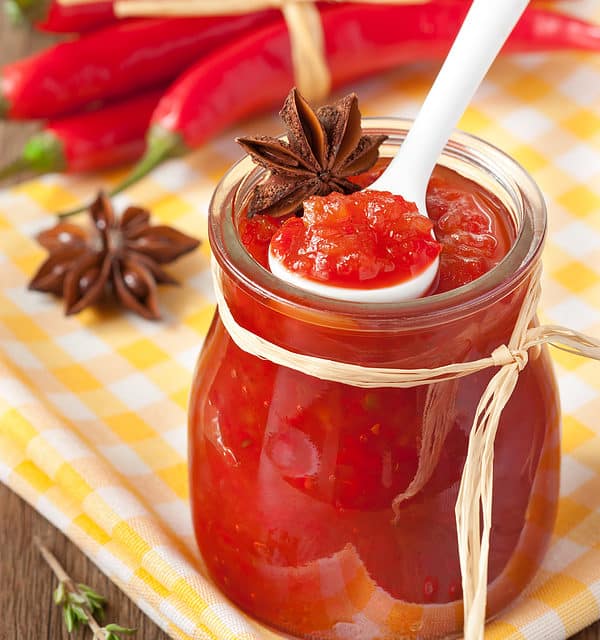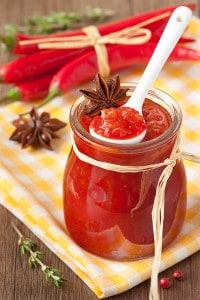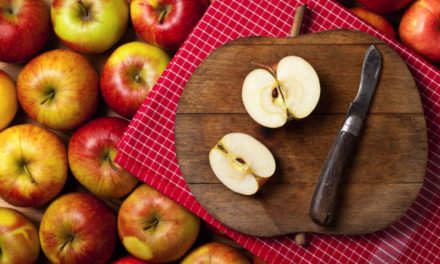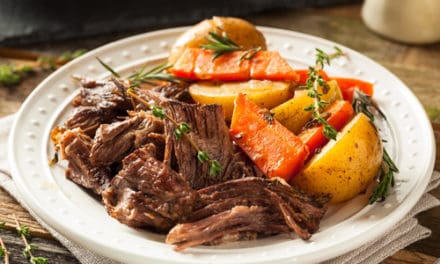April Reese Sorrow and Elizabeth L. Andress, Ph.D.
National Center for Home Food Preservation
The spring and summer months allow a wealth of fresh canning possibilities. Tomatoes, corn and green beans from gardens can keep you canning or freezing until you wear out. But by winter, you may be ready to try some different types of preserves.
Elizabeth Andress is the Director of the Center for Home Food Preservation, which is hosted by the College of Family and Consumer Sciences at the University of Georgia. She said recipes available from the Center using juice concentrates and canned vegetables enable canners to preserve in winter.
“There are recipes perfect for people yearning to can in the winter,” Andress said. “You don’t always have to can with fresh fruits and vegetables. Some of those preserves also make nice holiday gifts.”
Orange Jelly from Frozen Juice
This recipe calls for frozen concentrated juice and powdered pectin and creates a delightful, flavorful orange jelly for toast or biscuits on dreary winter mornings or late afternoons.
You’ll need:
- 12 ounces concentrated orange juice, thawed
- 2½ cups water
- 4½ cups sugar
- 1 box powdered regular pectin
This recipe yields five or six half-pint jars.
Begin by sterilizing your canning jars. To sterilize jars, boil empty, washed and rinsed jars for 10 minutes in water. The easiest way to do this is to stand empty jars upright on a rack in a boiling water canner filled with clean water. Keep jars hot until they are filled.
Measure sugar and set aside. Mix juice and water in a saucepan and stir in powdered pectin. Bring to a full boil over high heat, stirring constantly. Once boiling, stir in all sugar. Stir and bring to a full boil that cannot be stirred down. Boil hard for one minute, stirring constantly.
Remove from heat; skim off foam quickly. Pour hot jelly immediately into hot, sterile jars, leaving ¼-inch headspace. Wipe rims of jars with a dampened clean paper towel; adjust two-piece metal canning lids. Process in a boiling water canner for 5 minutes (10 minutes if 1,000-6,000 ft altitude; 15 minutes if over 6,000 ft). Allow jelly to cool, undisturbed, for 12 to 24 hours and check seals. You can remove screw bands after the food has cooled if the lids are sealed.
Easy Hot Sauce
If jelly is not your canned food of choice, try an easy hot sauce recipe to spice things up. Easy Hot Sauce is great for stirring into vegetables or cheese dips and spicing up soups and chili.
You’ll need:
- 8 cups (64 ounces) canned, diced tomatoes, undrained
- 1½ cups seeded, chopped Serrano peppers
- 4 cups distilled white vinegar (5 percent)
- 2 teaspoons canning salt
- 2 tablespoons whole mixed pickling spices
This recipe yields four half-pint jars. Wear gloves when handling, cutting and seeding hot peppers or wash hands thoroughly with soap and water before touching your face or eyes.
Start by washing half-pint canning jars; keep hot until they are filled. Prepare lids according to the manufacturer’s directions.
Next place mixed pickling spices in a spice bag and tie ends firmly. Mix all ingredients in a Dutch oven or large saucepan. Bring to a boil, stirring occasionally. Simmer for 20 minutes or until tomatoes are soft.
Press mixture through a food mill. Return the liquid to the pot, heat to boiling and boil for 15 minutes.
Fill hot sauce into clean, hot half-pint jars, leaving ¼-inch headspace. Remove air bubbles and adjust headspace if needed. Wipe rims of jars with a dampened clean paper towel; apply two-piece metal canning lids.
Process in a boiling water canner for 10 minutes (15 minutes if 1,000-6,000 ft altitude; 20 minutes if over 6,000 ft). Allow hot sauce to cool, undisturbed, for 12 to 24 hours and check seals. You can remove screw bands after the food has cooled if the lids are sealed.
Canning can be a fun and delicious activity to add flavor and spice to the winter months. For more winter recipes, specific process times for your altitude or tips on year-round preservation visit the Center for Home Food Preservation Web site at: http://www.homefoodpreservation.com.













